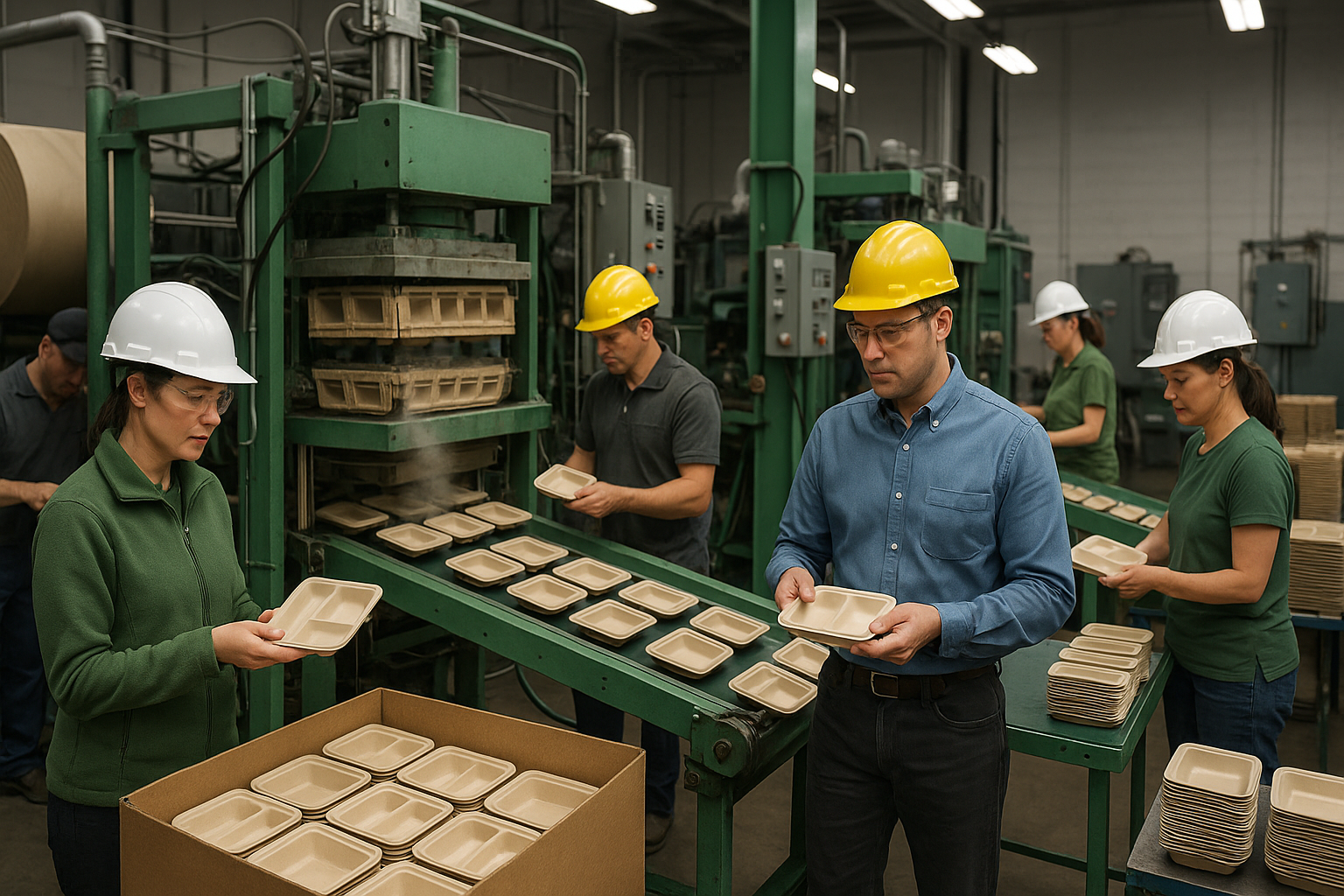Transform Business With The Rise Of Sustainable Packaging
Transforming your business with sustainable packaging isn't just an eco-friendly move; it's a strategic decision that can enhance your brand image, reduce costs, and open up new market opportunities—browse options, search options, and see these options to explore how you can make this shift today.

The Rise of Sustainable Packaging
In recent years, the demand for sustainable packaging has grown exponentially. Consumers are becoming increasingly aware of the environmental impact of their purchases, and businesses are responding by adopting eco-friendly packaging solutions. This shift is not only beneficial for the environment but also offers significant advantages for businesses, including cost savings, improved brand loyalty, and access to new markets.
Understanding Sustainable Packaging
Sustainable packaging refers to the use of materials and processes that have a minimal impact on the environment. This includes using recyclable, biodegradable, or compostable materials, reducing packaging waste, and optimizing the supply chain to lower carbon emissions. Businesses that adopt sustainable packaging can often reduce their environmental footprint while also cutting costs associated with materials and waste disposal.
Benefits of Sustainable Packaging for Businesses
1. **Cost Savings**: By reducing the amount of packaging material used and opting for recyclable or reusable options, businesses can significantly cut down on costs. For example, switching to lightweight materials can reduce shipping costs, which are often a significant expense1.
2. **Enhanced Brand Image**: Consumers today are more likely to support brands that demonstrate a commitment to sustainability. By adopting eco-friendly packaging, businesses can improve their brand image, increase customer loyalty, and potentially attract new customers who value environmental responsibility2.
3. **Regulatory Compliance**: With increasing regulations on packaging waste and environmental impact, adopting sustainable packaging can help businesses stay ahead of legal requirements and avoid potential fines or penalties3.
4. **Market Opportunities**: The growing green market presents new opportunities for businesses that prioritize sustainability. Companies that lead in this area can differentiate themselves from competitors and tap into a market that is expected to reach $237.8 billion by 20244.
Implementing Sustainable Packaging
Transitioning to sustainable packaging requires careful planning and execution. Businesses should start by conducting a thorough assessment of their current packaging materials and processes. This can help identify areas where improvements can be made. Collaborating with suppliers who specialize in eco-friendly materials and staying informed about the latest innovations in sustainable packaging are also crucial steps.
Additionally, businesses should consider the entire lifecycle of their packaging, from production to disposal. Implementing a circular economy approach, where materials are reused and recycled, can further enhance sustainability efforts.
Real-World Examples
Many companies have successfully transitioned to sustainable packaging, demonstrating the tangible benefits of this approach. For instance, Unilever has committed to making all of its plastic packaging recyclable, reusable, or compostable by 2025, which has already led to improved brand perception and customer trust5.
Similarly, Coca-Cola has introduced PlantBottle packaging, which is made from up to 30% plant-based materials, reducing its reliance on fossil fuels and decreasing its carbon footprint6.
As you consider the transition to sustainable packaging, remember that numerous resources and options are available to guide you through the process. Whether you're looking to reduce costs or enhance your brand, sustainable packaging presents a compelling opportunity to transform your business for the better.